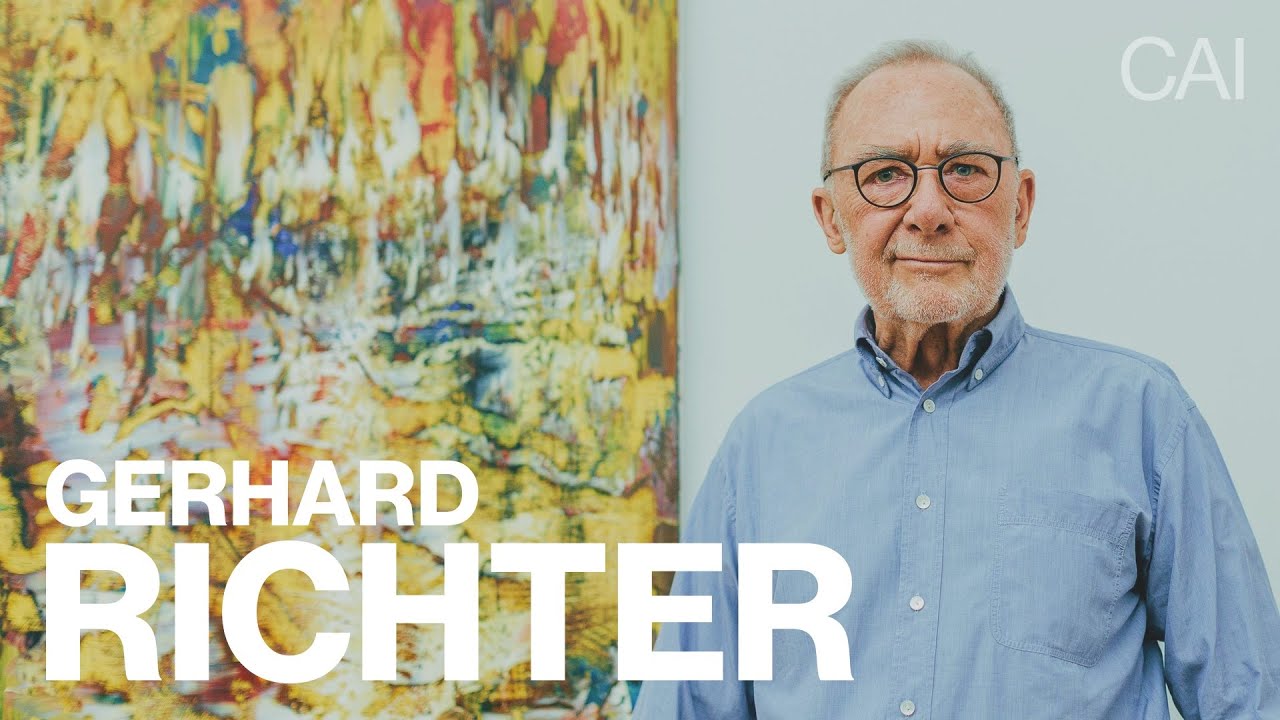
Robert Draws – Gerhard Richter is an artist who keeps challenging expectations in both abstract and photorealistic art arenas. His paintings often feel like they exist in two worlds at once and that tension captivates viewers globally. Richter has long been recognized as a pioneer of the blurred photo‑painting technique and dramatic gestural abstract works. This mind bending fusion demands that the audience question what is real and what is invented. Many art lovers describe his canvases as cinematic moments frozen in time or sweeping emotional landscapes. His ability to jump between styles without losing artistic identity is rare. In every exhibition visitors find themselves observing the same name yet feeling entirely new perspectives. Gerhard Richter continues to push boundaries of perception and craft and that restless energy defines his legacy.
Gerhard Richter has shaped modern art by refusing to choose one visual language over another. His abstract paintings bristle with energy and color while his photorealistic works capture everyday life in uncanny detail. Richter does not separate these styles as if they were incompatible. Instead he uses them to complement and reflect one another. Abstract works might evoke memory or emotion and photorealistic pieces might feel dreamlike despite their clarity. Viewers are drawn into both ambiguity and precision at the same time. His canvases often invite long contemplation of what appears real and what lies beneath surface appearances. Through decades of experimentation Richter has built a reputation that is hard to categorize. In doing so Gerhard Richter redefined what an artist can be in an age where labels limit expression.
Gerhard Richter developed several signature techniques that maintain tension between realism and abstraction. One of them is the blurred photo‑painting method created by dragging a squeegee over the painted surface. This results in images that appear as if caught in movement or fading memory. In abstract work Richter applies thick layers of paint with palette knives or brushes in sweeping rhythms that build texture and depth. Color fields and scraped layers form complex compositions that shift with viewer perspective. Photorealistic paintings often start from photographs taken by the artist himself or found images. Those are then rendered with soft focus and literal precision yet filtered through memory and emotion. Viewers feel the tension between clarity and uncertainty with each glance. That ambiguous rendering is essential to Richter’s voice and signals that art can exist beyond fixed meaning.
The clash of abstract chaos with photorealistic clarity in Richter’s work provokes deep emotional reaction. Viewers often describe his art as beautiful and unsettling at once. In a single triptych one might encounter a vivid smear of vibrant pigment beside a hauntingly detailed portrait or landscape. That contrast provokes questions about authenticity memory and mortality. Richter’s paintings can feel introspective even when no specific narrative is offered. The emotional ambiguity invites personal interpretation and keeps viewers returning again and again. Observers may feel loss hope nostalgia or awe depending on lighting context and proximity. In galleries Gerhard Richter’s name draws crowds eager to reconcile emotion with observation. That emotional resonance secured his place as one of the most influential artists of the late twentieth and early twenty first century.
“Read more: Shorter Than Peers? The Surprising Truth Behind Growth Hormone Deficiency in Kids”
Gerhard Richter remains influential because he refuses predictable classification. His legacy goes beyond trends and art school movements. He continues to challenge future generations of painters to reject simplistic binaries. His work can still shock and captivate because it questions perception itself. Galleries across continents curate retrospectives that show the evolution of both abstraction and realism under his hand. Younger artists cite Richter as inspiration for merging personal history and experimental technique in unpredictable ways. The intellectual rigor behind each piece is matched by visceral impact on the senses. Richter’s impact is felt not only in painting but also in conversations about what qualifies as representation art and emotion in contemporary art worlds. His career shows that blending styles with integrity can produce powerful new visions that endure long after the canvas dries.